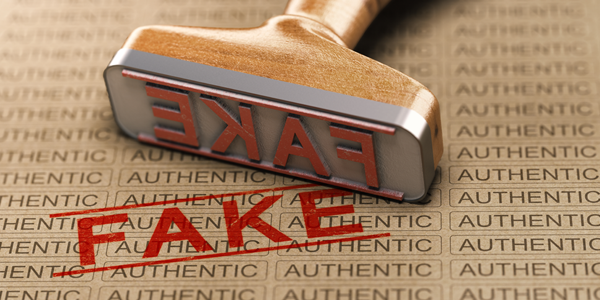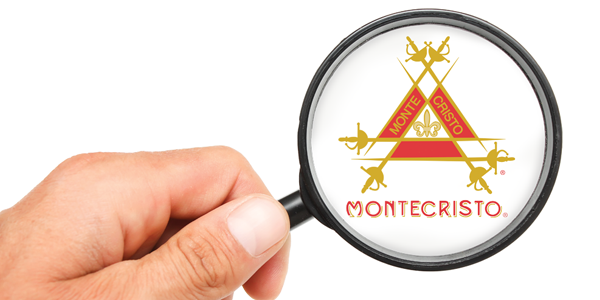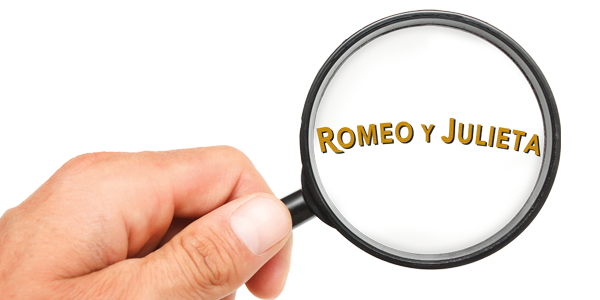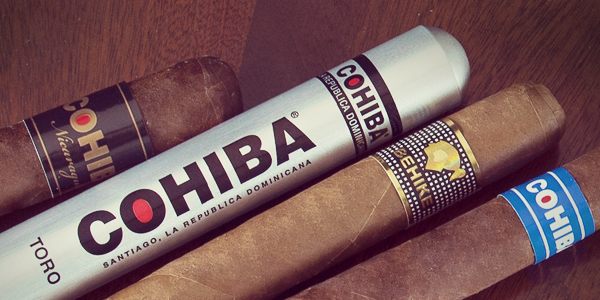How to Spot a Fake Cohiba
Ever since Fidel Castro adopted the Cohiba as his favorite cigar in 1966, after one of his bodyguards gave him one, the Cohiba has been the object of much desire among the world’s cigar lovers. The Cohiba brand was offered to the general market in 1982 in the form of a Panatela, 4.5 x 26. And since at least then, the Cohiba has been counterfeited.
Complicating things further, Cohiba gained a new family member in 2006, the Cohiba Behike. The Behike became its own line in the Cohiba stable in 2010 and is considered the most successful Cuban cigar launch ever. And it’s really, really hard to find an authentic Cohiba Behike in any of its three vitolas (sizes). That also makes the Cohiba Behike one of the most widely counterfeited cigars in the world. Read this and you might be able to avoid spending more than $50 on a fake Cohiba Behike, or any money on any Cohiba knockoff.
“But JB” you say, “how do I know if it’s an authentic Cohiba?” Read on, my friends.
How Do I Know It’s Real?
If you’re in, say, Puerto Vallarta, Mexico, where fake Cohiba cigars are being offered every 10 meters on the seaside promenade, your antennae should be tingling. Five “Cohiba” cigars are offered in wood boxes with a glass top, and each cigar is sheathed in cellophane. Even worse is if you’re offered a “Behike” for $10 on the street outside your hotel in Havana. Your fugazi alarm should be ringing loudly.
The Band
A well and intricately designed cigar band is often the most useful discouraging factor to counterfeiters. All Cohiba cigars carry a distinctive and complex band, with sophisticated security measures that were developed mostly when the Behike was commercially introduced in 2010. More on that to come. Look for the following to determine that your Cohiba is authentic.
- The Holographic Taino Indian Head-Within-a-Head: Look closely and you’ll see that the larger head contains a smaller head.
- Holographic Elements: Holograms of the word “Cuba” and the Taino Indian head repeat on the gilded top edge.
- Nine White Squares: Nine rows of white squares run in a checkered pattern to the solid gold line that stretches across the bottom third of the band. If the squares are not full, even on the edges, then you’re likely looking at a fake.
- Repeating Logos & Checkerboard: The holographic Indian head logos and the boxes will repeat along the bottom and top edges.
- Embossed Lettering: The famous Cohiba on a white background with a square, gold border is embossed in metallic gold. This is not a holograph.
The Box
Any box of authentic Cuban cigars must have attached on the outside a warranty seal. In 1999, the Cubans added a serial code to the seal. Shine a UV light on it, and the seal will react. Also, Cuba’s coat of arms will show in the middle and the seal itself has a reaction if directly exposed to ultraviolet light. In fact, by illuminating it with UV rays, the coat of arms of Cuba (which is also on the left side of the seal) will appear in the center. In 2009, a hologram was added on the right side and the placement of the serial code was moved. The next year, the cut on the ends of the seal was changed from rounded to a sharp, angled cut. The Habanos seal, on the top right as the box lays flat, had a “DOP” designation added in 2012. DOP means Denominación de Origen Protegida, or Denomination of Protected Origin in Spanish. The Cuban boxes also have a date stamp on the bottom of the box. This is called the cuño. Now, I’ve heard from some that the cuño is not necessarily on all boxes, but I’d play it safe and stay away if it’s not present along with the Habanos, S.A., Hecho en Cuba, and Totalmente a mano on the bottom.
Splendid Fakes
In 1989, the Cohiba Espléndido, 7 x 47, and Cohiba Robusto, 4.875 x 50, were added to the classic line. The Espléndido, in particular, became hugely popular and immediately became a prime target for counterfeiters. I suspect that of the dozens of Espléndidos that I’ve smoked, most of which were given to me, a good third of them have been fakes. Apart from the issues we’ve discussed about packaging, one way to determine if this is an authentic Espléndido is to smoke it. If the ash is white, you’re likely smoking a fake. The ash on Cuban cigars is almost always gray or salt-and-pepper in color. This is due to the minerals in the tobacco grown in Cuba. Symmetry is very important in a box of Cuban cigars. If you see that the cigars in a box are not the same length and of the same ring gauge, you’ve likely got a box of frauds or some very badly made cigars. Don’t buy them.
Behike, a Rare Breed
The flavor of the Cohiba Behike (pronounced beh-ee-keh) is unlike other Cohiba cigars and is quite easily identified, especially if you’ve had a real one before. It’s easily the most coveted of the Cohiba cigars, if not all Cuban cigars. So, it’s also the biggest target for counterfeiters.
The Cohiba Behike is distinguished by the use of medio tiempo tobacco leaves in its blend. This lends power to the cigar. But these leaves are in short supply because they are present in only about 10 to 15 percent of Cuban tobacco plants. So, that makes the Behike a limited edition by default. And you really will not find an authentic Cohiba Behike for sale outside of a licensed Habanos (Cuban cigar entity) store.
The Packaging
- Each of the three Behike sizes comes in an elaborate package: boxes of 10 cigars that are bathed in a thick, glossy lacquer. There are gold highlights and squares of a bluish-gray tint. So, clue numero dos is: If you see Behikes for sale in anything other than a box of 10, they are fakes.
- Additionally, the box is very difficult to replicate. The lids are solid. No ridges or collars. No ornamental hinges. The inside hinges are branded with the word “Cohiba.” The box bottoms are covered in felt, unlike most other brands that are exposed wood. So, if any one of these things is off, your Behikes are off too.
- Felt also envelops the box, and a black cardboard box covers all that. The Habanos sticker and Cuban seal of guarantee are on the box.
Behike’s Band
The authentic Cohiba Behike took anti-forging efforts to a new level. The first authentic Cohiba Behike carried a cigar band that was a technological advancement on the market. Numerous complex impressions and an intricate trim were accompanied by holographic images that carried codes. This was the first time that a Cuban cigar band carried 3-D imaging, clearly an effort to discourage fakes. Forgers had something new to figure out. In 2014, the Cohiba Behike’s band got even more complex, with added imagery and a security strip on the back to make it even more of a challenge to counterfeiters. The band still exhibits the Cohiba Indian head profile trademark and the Behike insignia, but the arrangement of these elements has been revised.
On the Behike’s distinctive band, the nine rows of white squares run in a checkered pattern from the gilded top edge to the top of the word “Behike.” Again, if the squares are not full, even on the edges, then you’re likely looking at a fake. The Behike’s band has the holographic Indian head logos and the boxes with the words “Behike” and “Cohiba” repeat in the gold foil box to form a checkerboard grid.
Made in Holland
The Cohiba’s bands are made by a company in the Netherlands and now all Cohiba cigars carry a larger, upgraded band like the one on the Behike. The band includes heightened security aspects that make it more difficult to counterfeit. You’ll notice the Behike-style hologram and the golden Taino Indian head right in the middle of the field of black-and-white squares.
It’s a Wrap
Finally, as with every real Cuban cigar, if you’re offered a cigar that is inside a cellophane sleeve, it’s not an authentic Cuban cigar. Just don’t buy it.






